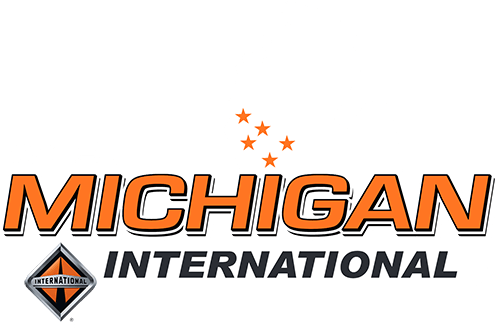Now that Joe Biden has been sworn in as U.S. President, motor carriers are wondering what his administration will mean for the trucking industry.
While Democratic administrations tend to favor new safety initiatives, much of an administration’s success in passing new laws hinges on congressional approval. At first, it was unclear whether that would be an option after control of the Senate remained undecided until a Georgia runoff election in January.
Now, with control of both the House and Senate, it’s likely that Biden will rely more on passing laws and less on executive actions, when possible. Still, the administration is expected to issue several key executive actions early in the term.
One of Biden’s first acts will likely be to fill open seats at key agencies, like the Department of Transportation (DOT), Federal Motor Carrier Safety Administration (FMCSA), and Pipeline and Hazardous Materials Safety Administration (PHMSA). Biden has already announced his picks to fill many of the positions most important to the transport industry, including Pete Buttigieg as Secretary of Transportation.
Shortly after the 2020 election, Biden assembled a DOT transition team, focused on helping prepare the incoming administration to hit the ground running in terms of policy and filling open seats. This may be a welcome change for an agency like FMCSA, which has not had an official administrator since Raymond Martinez stepped down in 2019.
Early executive actions could involve reversing Trump-era policies, including his decision to withdraw the U.S. from the Paris Climate Accord. Biden has suggested that rejoining the Accord would be among his first executive actions on day one. With a dual focus on clean energy and environmentally friendly infrastructure, this proposed action could have a big impact on the transportation industry.
As a candidate, Biden also put forward a wide-ranging infrastructure proposal with funds for highways, water systems, the power grid, and broadband services. While it remains to be seen how much of that plan, he is able to accomplish, infrastructure will undoubtedly remain a top priority for key transportation stakeholders.
So-called “midnight regulations” are a fairly common practice in outgoing administrations, especially when there will be a change in political parties. The approach involves fast-tracking guidance and rules that might otherwise take years to pass through the regulatory process. Recent examples include a new regulation affecting hours-of-service exemptions for truckers hauling agricultural goods, issued November 24, 2020, and looser safety standards for pipeline construction and maintenance, issued January 11, 2021.
In its final months, the Trump administration published at least 50 of these last-minute rules in the Federal Register. Unlike executive actions, which can be undone with the stroke of a pen, completed regulations like these are much harder for an incoming president to overturn. Once a rule is published, reversing it usually involves further rulemaking or a court decision, both of which demand significant time and resources.
In December, Congress approved an appropriations bill to fund the federal government and provide COVID-19 relief. The bill extended the current highway authorization program, the Fixing America’s Surface Transportation (FAST) Act, through September 30, 2021.
This extension allows the next Congress to consider a long-term approach to highway funding and revenue issues. Experts speculate that with Democrats now in control of the Senate, the final bill may include many “green” provisions, as we saw recently in a bill passed by the Democratic-controlled House. These provisions may result in more funding for things like trains, infrastructure, intelligent transportation systems, electric vehicles, and climate-change initiatives.
On September 9-11, 2020, federal and state motor carrier inspectors conducted more than 50,000 North American Standard Level I, II, III and V inspections during the Commercial Vehicle Safety Alliance’s (CVSA) three-day International Roadcheck commercial motor vehicle and driver inspection and enforcement initiative. Overall, one out of five vehicles were placed out-of-service in North America. The rate for Level I, II and V Inspections combined was 20.9% — slightly higher than we’ve seen in the past few years.
International Roadcheck is an annual 72-hour inspection and enforcement event to identify and remove unsafe commercial motor vehicles and drivers from roadways.
Digging deeper into the results allows us to better understand the critical vehicle inspection item out-of-service and driver-related violations.
During this year’s International Roadcheck, 45,046 Level I, II and III Inspections were conducted in the U.S. In total, 7,256 vehicles and 2,365 drivers were removed from roadways due to the discovery of critical vehicle inspection item out-of-service violations or unsafe out-of-service driver conditions just during this three-day event.
Out-of-service orders and the number, type and severity of safety violations affect a motor carrier’s Compliance, Safety, Accountability (CSA) score and its Safety Fitness Determination (SFD) rating. CSA is FMCSA’s safety compliance and enforcement program designed to improve safety and prevent commercial motor vehicle crashes, injuries and fatalities by holding motor carriers and drivers accountable for their role in safety. The results also provide you with a roadmap of monitoring potential violations to prevent their occurrence. Make sure to focus on these out-of-service violations as you go through your pre-trip routines.


